I have just uploaded all my images from my India trip in 2008. I spent six weeks visiting Assam, Arunachal Pradesh and Nagaland.
A portfolio of the trip can be visited by clicking here.
Kaziranga
The trip started in the lowlands of Assam, where I visited during a week the National Park 'Kaziranga', a hotspot for all kinds of threatened mammals and birds. The fertile floodplains in the lowlands of many Asian countries have often been converted into farmland. The Brahmaputra floodplain is no exception to this, but luckily some protected areas and national parks still hold vast amounts of natural wetlands, which are the stronghold for many species, which become increasingly rare. I was struck by the amazing amounts of threatened mammals, such as Indian Rhino, Water Buffalo and Swamp Deer, of which Kaziranga holds the world's largest population. Especially the omnipresence of the prehistoric looking Great One-horned Rhinoceros turn a visit to Kaziranga into a weird Jurassic Park-like experience. Under here images from a huge herd of Swamp Deer, Indian Elephants, Wild Buffalos and a Great One-horned Rhinoceros.
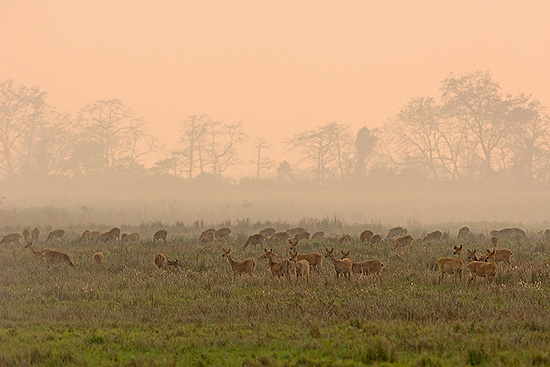
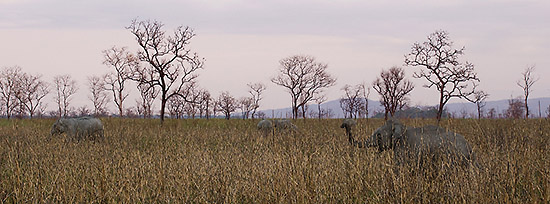
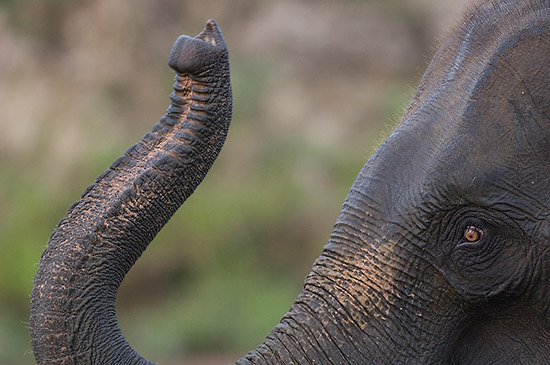
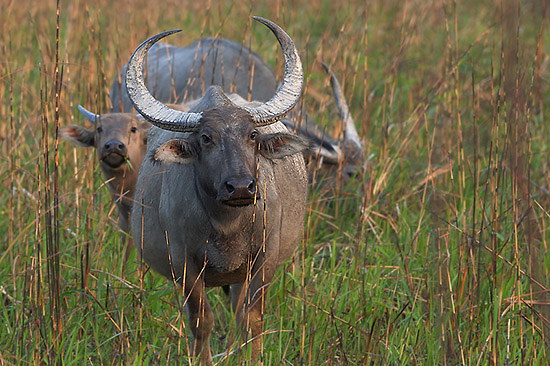
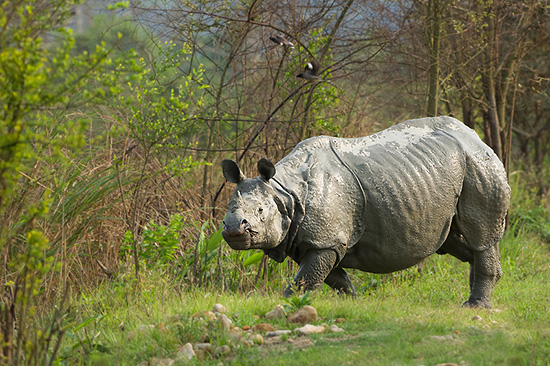
Kaziranga is also a great place to spot all kinds of wetland birds. Under here images from a Greater Adjudant and a Spotted Harrier.

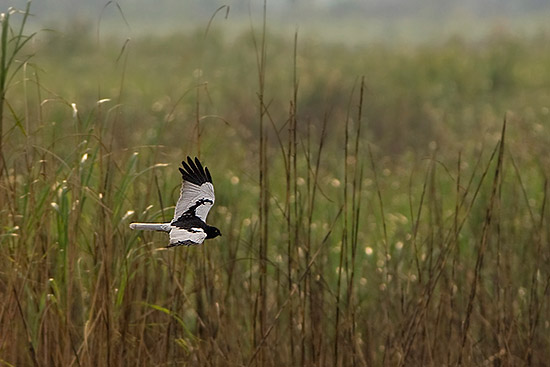
Nameri
The next place we visited was Nameri National Park. The park starts in the lowlands and the floodplains of the mighty Jia Bhorelli River and passes into the foothills on the border of Assam and Arunachal Pradesh. The park holds a healthy population of Indian Tiger, lots of Wild Elephants and iconic species such as the Ibisbill and White-headed Duck. Every evening impressive numbers of three hornbill species (Wreathed, Great and Oriental Pied) can be observed when flying to their roosts.
Under here an image of the Jia Bhorelli River, followed by images form the Ibisbill and Small Pratincole.

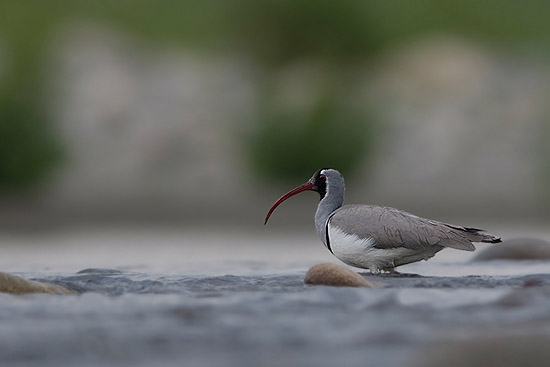
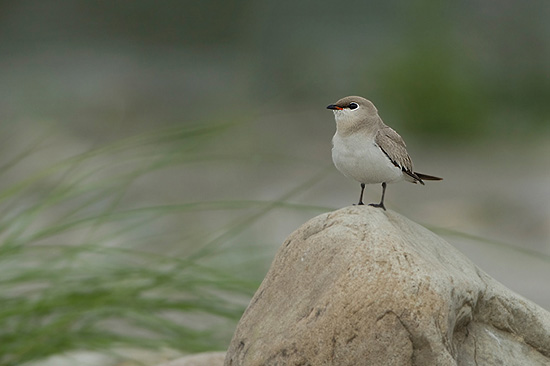
Eaglenest
Our next destination was Eaglenest Wildlife Sanctuary, where we spent two weeks. Eaglenest Wildlife Sanctuary is located in the West Kameng District, which lies in the Western part of Arunachal Pradesh. The Park is part of a huge pristine area on the border of Assam and Arunachal Pradesh, which is called the Kameng Protected Area Complex, which is an Elephant Reserve. South of Eaglenest, lies Nameri and more to the East, Sessa Orchid Wildlife Sanctuary and Pakhui Tiger Reserve conjoin the park. It is one of the most biodiverse regions of South Asia, where species of the Brahamputra plains meet the foothills and where vast pristine forest tracts are found from altitudes of a few hundred metres above sealevel till about 3500 metres above sealevel. The park holds a large amount of mammal species and plenty of much sought after bird species, such as Beautiful Nuthatch, Rufous-necked Hornbill and the recently discovered Bugun Liocichla.
Under here an image taken at Sunderview, which lies at the mid-altitudes of the park. It is a good spot to observe the Ward's Trogon, another of the inonic bird species of the park. A third image shows a Verditer Flycatcher, which is a common species in the park.

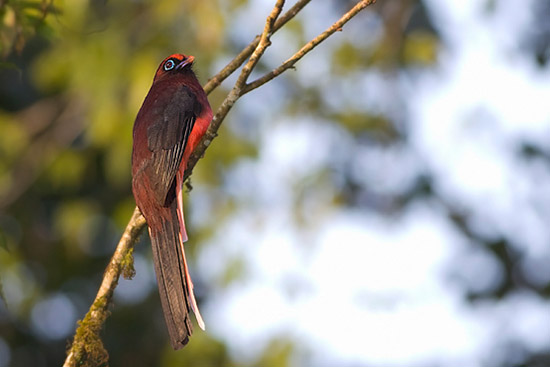
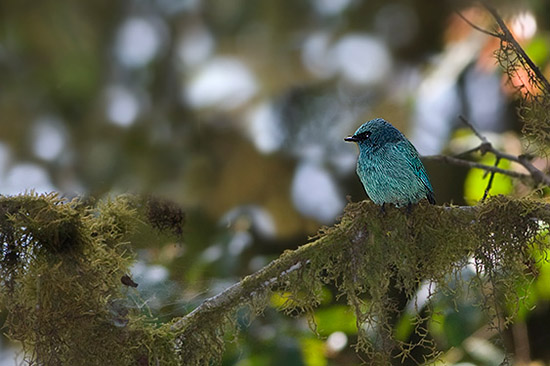
Under here images taken at Eaglenest Pass, which is the highest point of the road through Eaglenest (2800 metres above sea-level). The first image is a flowering Magnolia tree, followed by a Rufous-vented Yuhina, which is a common high altitude species. The Long-billed Scimitar Babbler can be found in the large bamboo stands around the pass (third image).
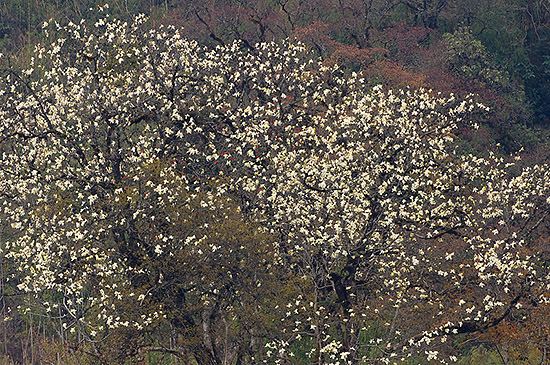
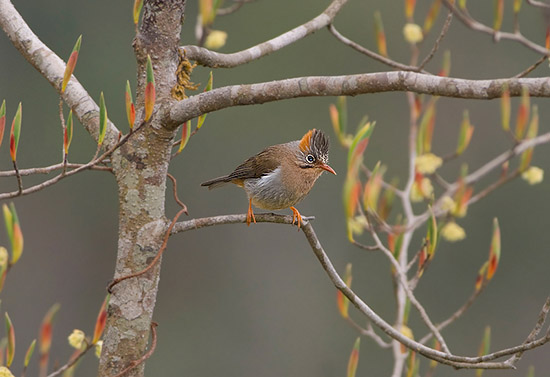
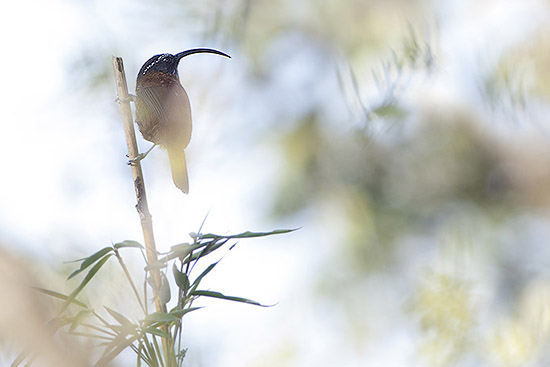
Under here, a forest landscape image at Lama camp. Lama Camp is located at an altitude of 2350 metres above sea-level. The next image, shows a male Golden-naped Finch, a smart small seedeater which is often feeding on the ground.

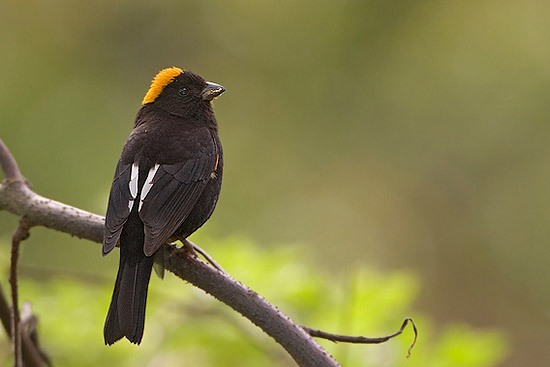
Dirang - Sanghti Valley, Mandala Road and Sela Pass
In Arunachal Pradesh we visited three places in the surroundings of Dirang, a town deeper into Arunachal Pradesh and more to the Northwest, close to the Bhutanese border.
Sanghti Valley, is a small valley with open marshlands along a river close to Dirang, which is a good spot to see rarities such as Black-tailed Crake and Long-billed Plover. The Long-billed Plover can be found along the pebble shores of the river. The image underneath perfectly illustrates the amazing camouflage capacities of the plover.
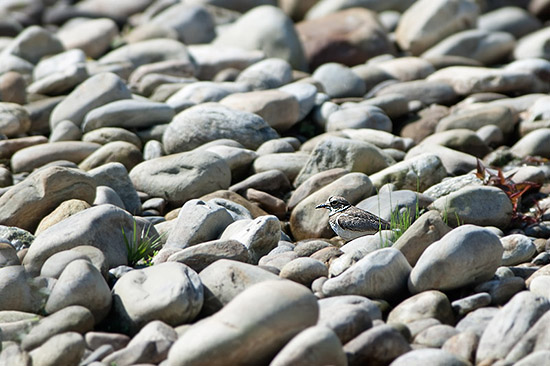
Mandala road is a long and winding road, which starts close to Dirang at an altitude of 1700 meters above sea-level and climbs up to a pass at 3200 metres above sea-level. The road still holds some of the few pristine mountain and high altitude forest left at close vicinity of Dirang. The first forest parts are severely degraded and most of the forest along the road is heavily grazed by cattle (mainly yacks and cows). However, along the pass the forest still holds very old huge conifer trees, mainly cedars.
The next image was taken at an altitude of about 3100 metres above sea-level, very close to the pass and where the most intact forest habitat is still found. The image shows the old growth forest with huge cedars and rhododendrons in the undergrowth. When the sun pierced through the mist and the huge trees emerged out of the fog, it was a really magical moment. A sought after high altitude endemic which can be found here, is Ludlow's or Brown-throated Fulvetta (image 2 under here). On the next image one sees a group of female Grey-headed Bullfinches.
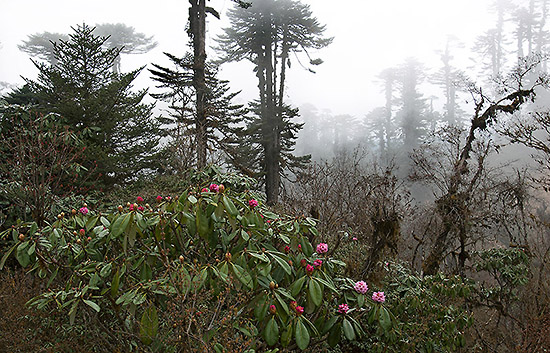
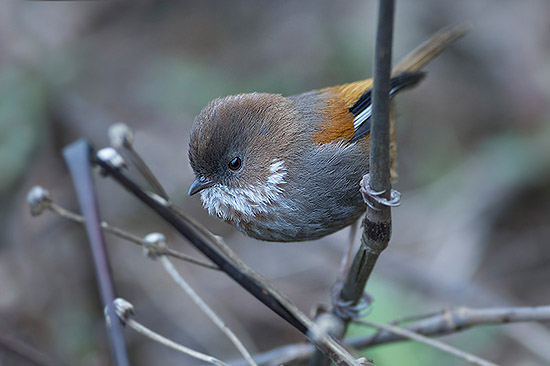
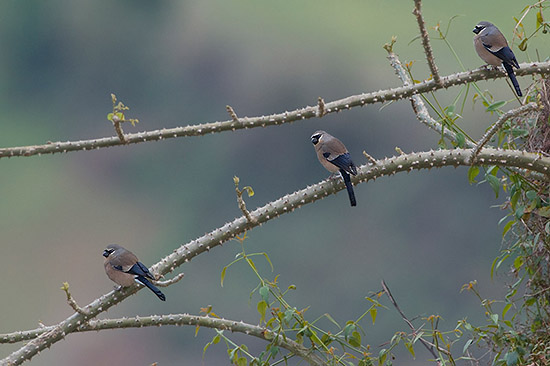
Sela Pass
Sela Pass is a high altitude mountain pass that connects the Buddhist city of Tawang with the rest of the country. This pass is situated at 4.175 metres above sealevel and is located between the towns of Bomdila and Jung in Western Arunachal Pradesh. The place is snowed in most of the year, and we were very to lucky that the pass had just become accessible after the long-lasting cold period of the winter and early spring. Under here an image of the grandiose high altitude landscape. We were surprised to meet a family of Tibetan people who were carrying a newborn child with them and quietly knitting in this hostile alpine environment.
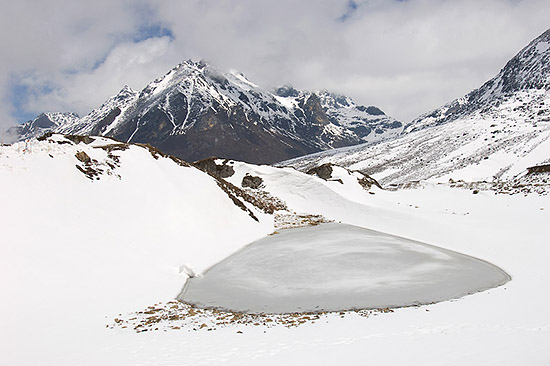
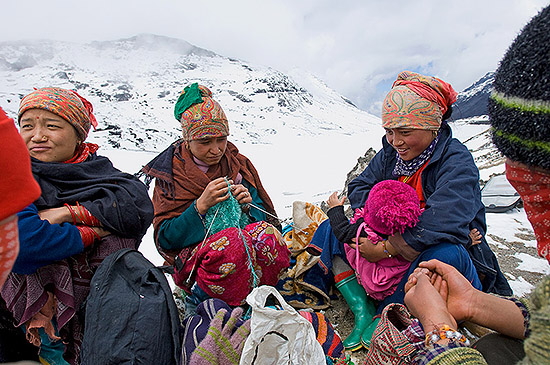
The place is home to elusive high altitude scrub and alpine rocky slope species such as the Fire-tailed Myzornis, Spotted Laughingthrush (image 1 under here), Grandala and Chinese Monal. More common species were the Snow Pigeons (image 2) and the omnipresent Alpine crows (image 3).

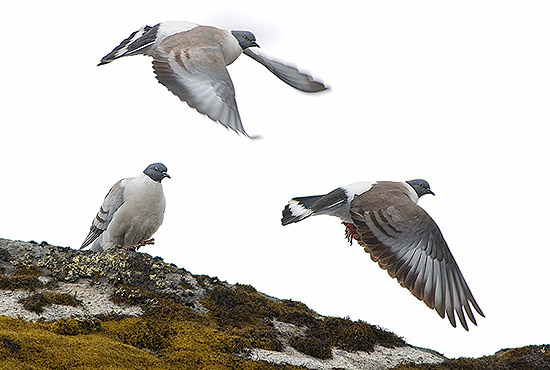
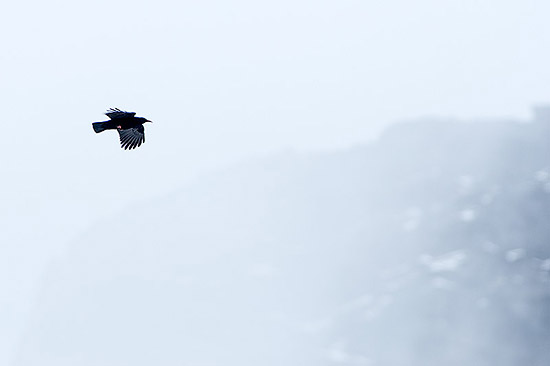
Nagaland - Khonoma Hills
I spent the last five days of my birding trip in the Khonoma Hills of Nagaland. The Hill state of Nagaland lies in the far north-eastern corner of India. The landscape dominated by steep mountains is bounded by Myanmar in the East, the Indian states of Assam in the West, Arunachal Pradesh and a part of Assam in the North, and Manipur in the South. We spent our journey in the surroundings of Khonoma city. The historical city of Khonoma is surrounded by beautiful terraces and a traditional agricultural landscape, often surrounded by alder coppice. A little further away from the city, one first encounters degraded and secondary forest and then one more pristine forest habitat. The spectacular landscape of altered peaks and deep gorges is interspersed with dense patches of semi-evergreen rain forests.
Under here an image of the typical terraces, followed by a traditional house and the pristine forested steep hills.
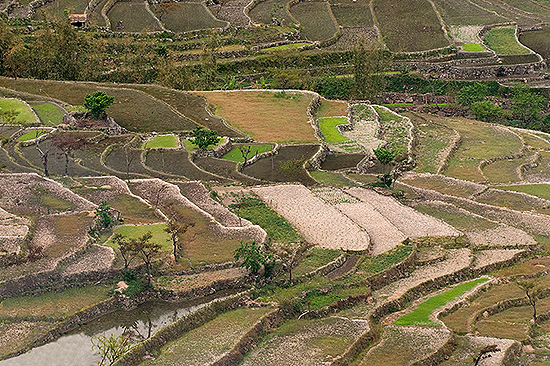
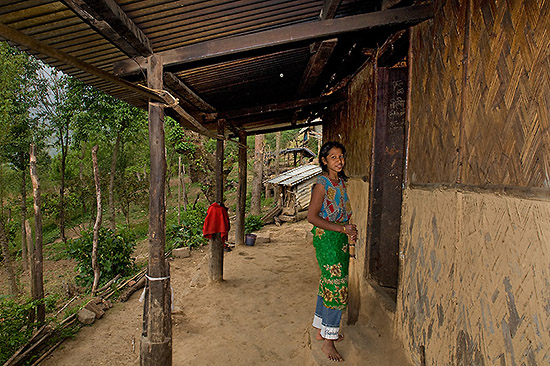
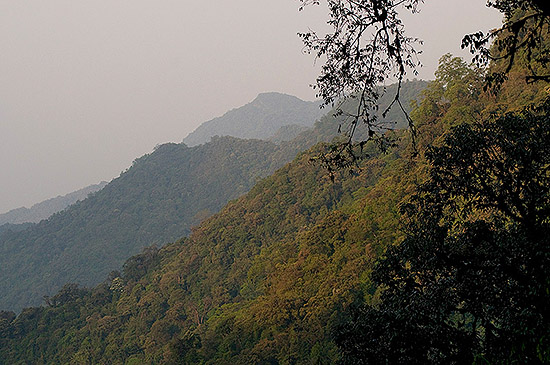
Under here an image of one of frequently encountered flock species, Grey Sibia.
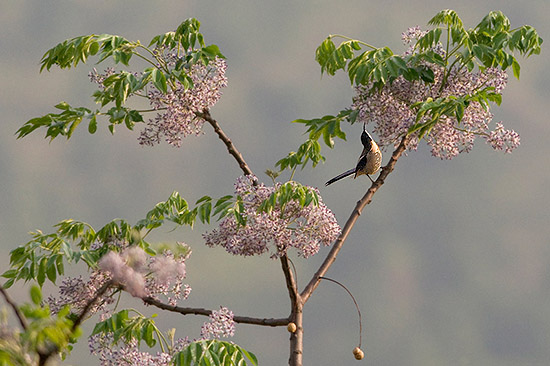
Nagaland is a real hotspot for Wren-babbler species. The moist and humid gullies with dense vegetation and plenty of tangled vines, are their favourite habitat. We encountered six different species, of which Long-billed Wren-babbler, Spotted Wren-babbler, Cachar Wedge-billed babbler (image 1 under here) and Naga Wren-babbler (image 2).
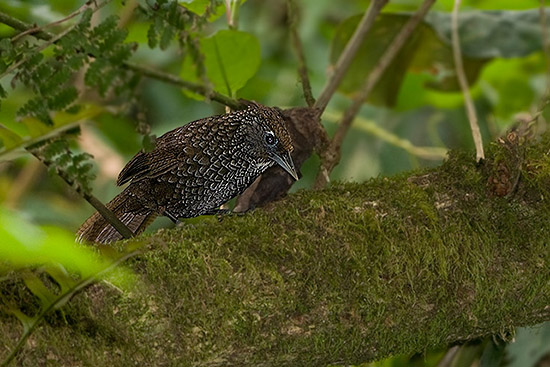
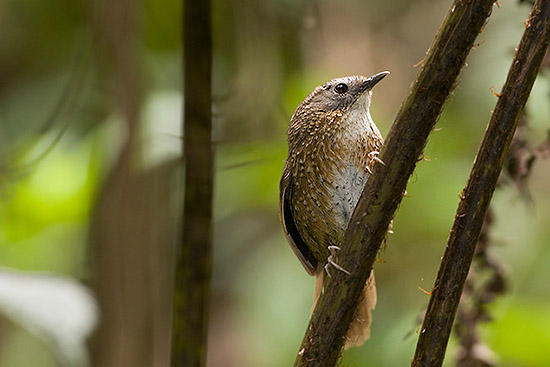
I would like to thank all the Indian people, who made my trip possible and who all were very enjoyable company, to name a few: Mr. Maan Barua, owner of Wildgrass Lodge in Kaziranga, Raju in Kaziranga, Mr. Ramana Athreya who organised our tour in Eaglenest Wildlife Sanctuary, the ever helpful and ever-good humoured Dorji who drove and birded with us in Eaglenest and Dirang. And finally Peter Lobo, who organised the trip to Nagaland, as well Chitra and Azul. Peter was an excellent birder and gifted with a great sense of humour, we had a lot of fun!
